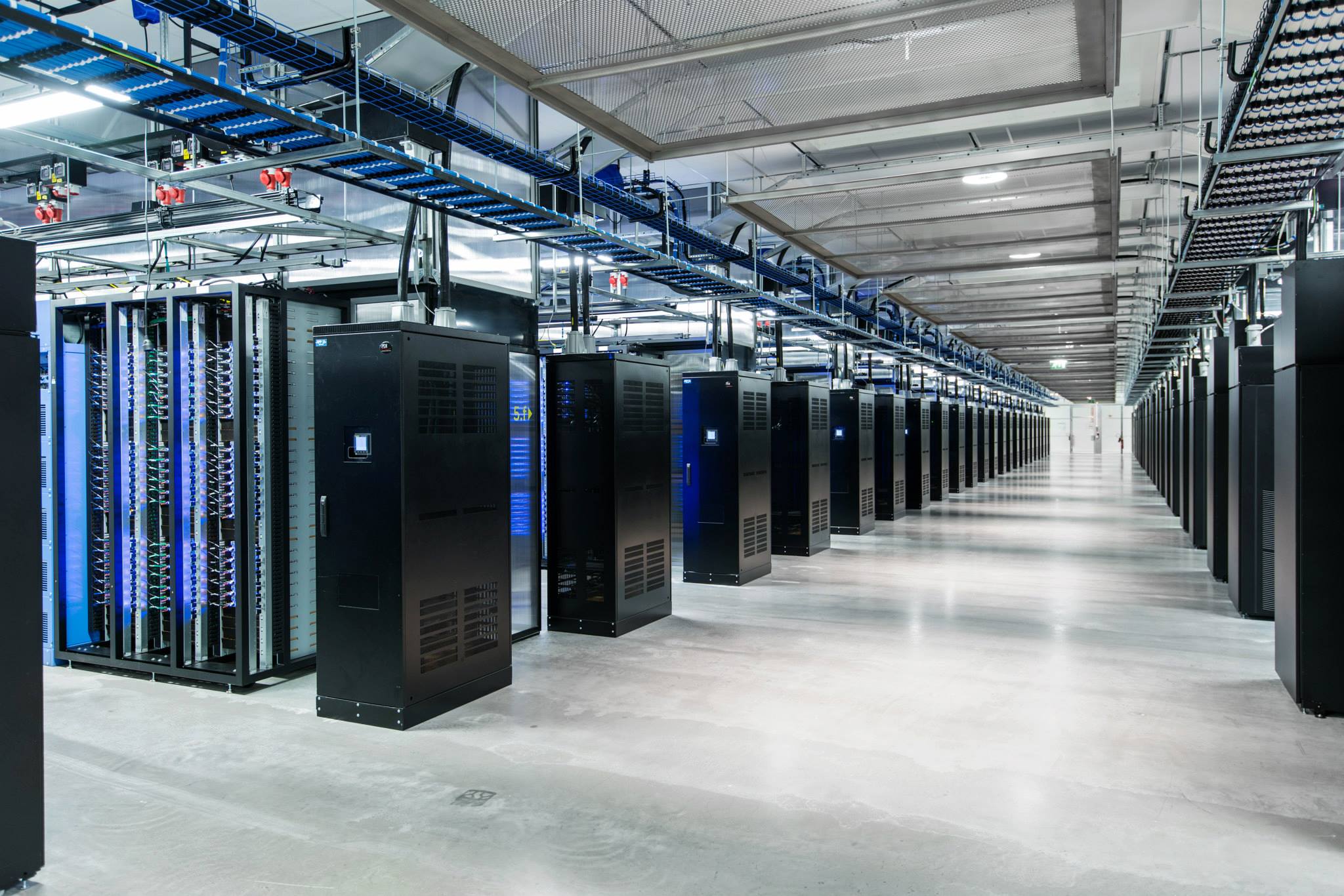An Informative Guide To Data Centre Management Infrastructure
The cloud may be a promising data solution, but it’s neither omnipresent nor will it be always a perfect fit for every business. There is still the need to set up traditional in-house data centers for different organizations. Even if your business uses cloud data storage services, it’s advisable to have a hybrid configuration or a network and electrical backbone in your premises that warrants close inspection and monitoring.
Data Centre Management Infrastructure (DCIM) is simply the convergence of Information Technology (IT) and building facilities functions in an organization. The primary objective of DCIM is to offer administrators a holistic understanding of data center’s performance. This ensures efficient use of available resources including equipment, energy, and floor space.
Here are important aspects of DCIM.
Identity and access management
Quick search, identification, and verification of different users’ access rights guarantee effective communication, accurate information, and IT infrastructure protection from any malicious attack. Use Activity Directory Domain Services to create a secure, scalable, and manageable infrastructure for resources and user management. These services offer effective means to relationships and identities. These services also offer out-of-box functionality required to configure a system, application, and use settings.
Networking and security
If you own a data center, you should guarantee that all forms of communication and information are protected from any unauthorized access. Besides, you should provide an outstanding mechanism to protect your IT infrastructure from viruses and other related attacks while preserving access to various corporate resources.
Data protection and recovery
Your organization needs well-structured data storage, backup, and restoration solutions. Thus, you should conduct an in-depth analysis of your current systems and create a contingency plan in case of unanticipated of data disaster.
Visualization
In today’s automated, technology-based economy, organizational capabilities are inextricably linked to IT capabilities. However, the IT infrastructure is becoming more complicated. Businesses need to leverage the IT and make a more strategic and efficient asset.
Consolidating your resources through an efficient server, customer and storage visualization, you can increase your resource utilization significantly. You can also reduce your organization’s hardware requirements. Note that automated management systems and administration in a data center (centro de datos) allow better focus on strategic planning. Through visualization, your organization can achieve a minimized deployment time for new IT services.
Is DCIM different?
Traditional IT infrastructure monitoring is largely about just one piece of the jigsaw puzzle. This process eliminates many pieces for which new technologies created a need that these monitoring processes couldn’t handle. For example, perhaps you determine whether your servers are up or down, but you can’t know the number of severs you can safely set up in the available space. DCIM focuses on filling in those gaps by introducing the following concepts.
-
- Change in management styles
-
- Asset tracking
-
- Analysis of logical or virtual systems and determine how they interact with different physical hardware
-
- Optimizing system utilization for maximum efficiency
-
- Forecasting via modeling scenarios
- Consolidation of locations or resources
Understanding data center management infrastructure and implementing the right strategies are key to minimizing all costs associated with deployment and management of IT systems.


